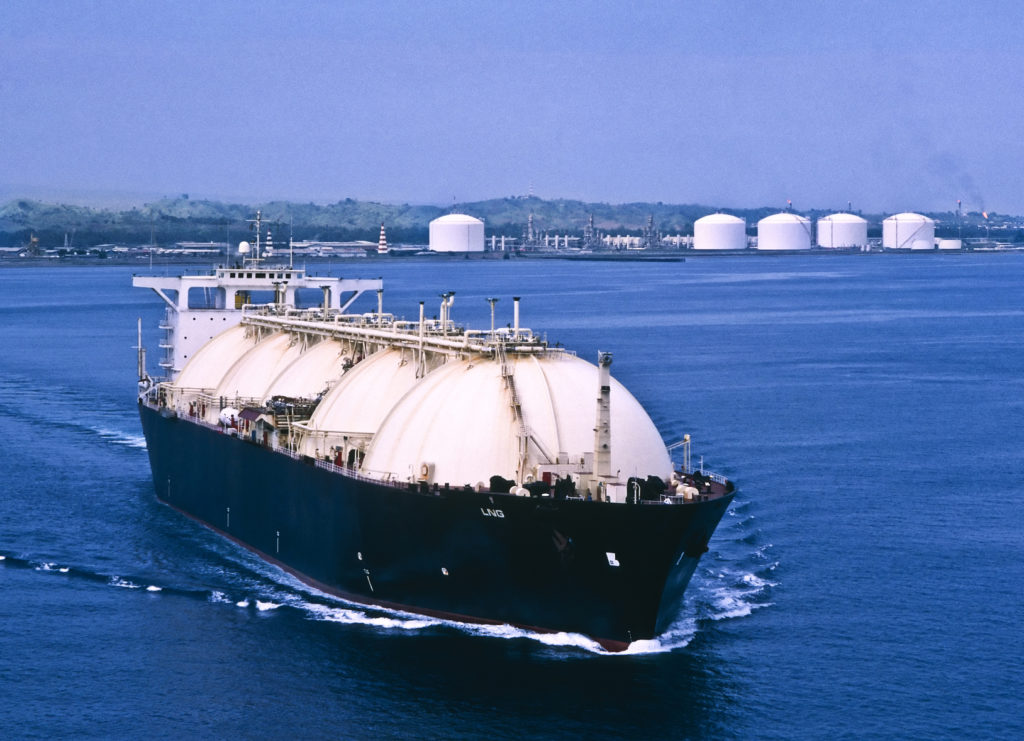Challenges Facing U.S. Energy Exporters Amidst New Maritime Regulations
The United States is poised to introduce new maritime regulations that could significantly impact its energy export capabilities. Energy exporters are urging the Trump administration to exclude liquefied natural gas (LNG), oil, and refined products from a proposed rule mandating that a rising percentage of these exports must be transported on U.S.-built vessels. With compliance requirements beginning at 1% in April 2029 and escalating to 15% by 2047, industry stakeholders express concerns about the practicality and competitiveness of such a directive.
Background of the USTR Proposal
On April 17, the U.S. Trade Representative (USTR) unveiled a plan requiring LNG producers to transport a minimum percentage of their exports using U.S.-constructed vessels. The timetable dictates that by April 2031, 2% of exports must comply, with further increases occurring biennially until reaching 15%. This initiative is framed within a broader strategy to strengthen the U.S. maritime fleet amid rising competition from China.
Implications for Energy Exporters
Exporters fear that the new regulations may compromise the competitive edge achieved under previous policies and jeopardize recent strides made by the Trump administration, particularly concerning LNG permits. With the United States currently leading the global LNG market, generating approximately $34 billion annually, maintaining an advantageous position is paramount.
- The USTR’s requirement could jeopardize trade licenses for non-compliant exporters.
- Existing U.S. shipyards currently lack the capacity to meet the new deadlines, given that constructing a single LNG carrier may take five years.
- Increasing construction costs in the U.S. compared to international shipyards presents additional obstacles for exporters.
Current Shipping Landscape
Globally, there are 792 operational LNG carriers, with a significant concentration in South Korea and Japan, which together operate 703 vessels. In contrast, the U.S. fleet consists of only five outdated carriers currently out of service. South Korea continues to dominate with 232 LNG carriers on order, while China, having ambitious plans to expand its maritime capabilities, has 58 vessels in operation and 101 more on order.
Challenges of U.S. Shipbuilding Capacity
The energy sector raises skepticism regarding the ability of U.S. shipyards to produce the required number of vessels in a timely manner. According to industry leaders, the regulations necessitate the construction of at least five LNG carriers by 2030—a target that experts deem improbable due to historical shipbuilding timelines.
Additionally, with heightened costs associated with U.S. shipbuilding practices and a lack of recent experience in constructing modern LNG tankers, concerns persist that the country may not adequately respond to the new requirements.
Provisions for Compliance
To mitigate some concerns, the USTR has introduced provisions allowing certain extensions for compliance. If shipowners can demonstrate that they have an LNG vessel under construction in the U.S. by the deadline, they may be eligible for an extension to secure delivery within three years.
Fee Structure for Chinese-Built Vessels
In tandem with these regulations, the U.S. has proposed new fees targeting Chinese-built vessels. Changes include:
- Fees based on net tonnage for vessels entering U.S. ports, with penalties escalating significantly over time.
- For oil supertankers, fees could exceed $5 million per entry, representing a substantial increase from previous proposals.
The updated fee structure is designed to discourage reliance on Chinese vessels, which current proposals indicate could accumulate multiple charges within a single year.
Defining U.S. Built Ships
New definitions put forth by the USTR for what constitutes a U.S.-built ship are notably stricter than those established under existing regulations. Key components, including the hull and superstructure, must be manufactured entirely in the United States, raising the bar for compliance.
Concluding Thoughts
The USTR’s initiative signals a critical moment for U.S. shipbuilding and energy exportation. As China expands its influence over global maritime shipping—commanding nearly 20% of the world’s commercial fleet—the U.S. faces pressure to modernize its own capabilities. While the Trump administration aims to revitalize domestic industries through strategic regulations, the feasibility of these measures amidst varying global competitiveness remains uncertain.

